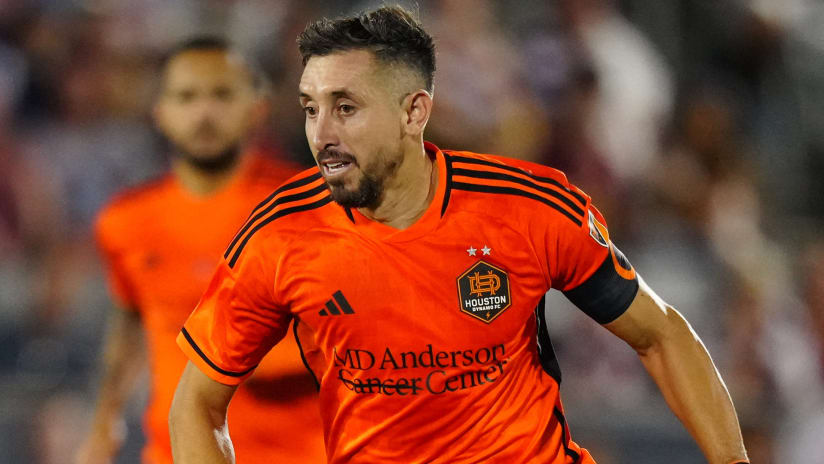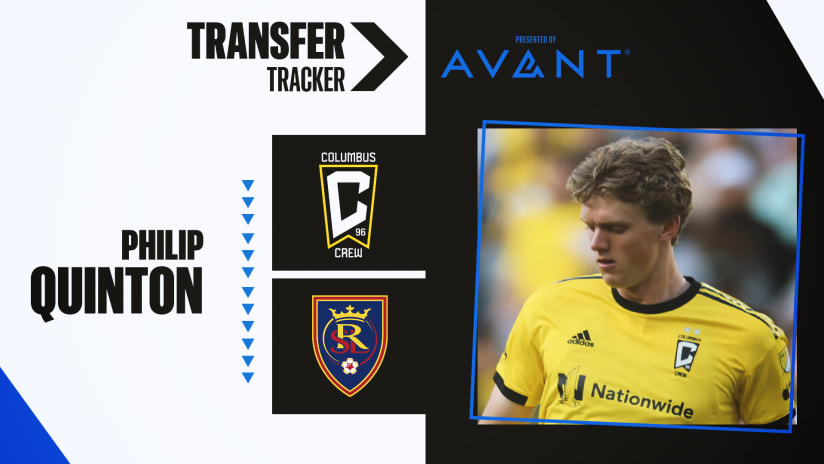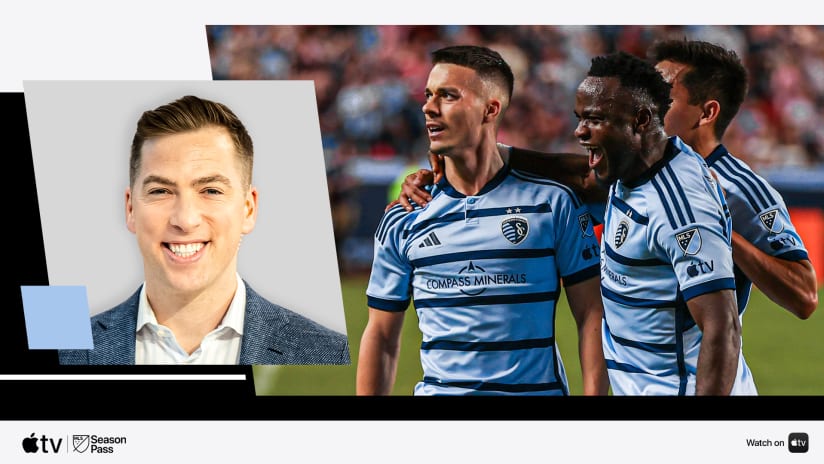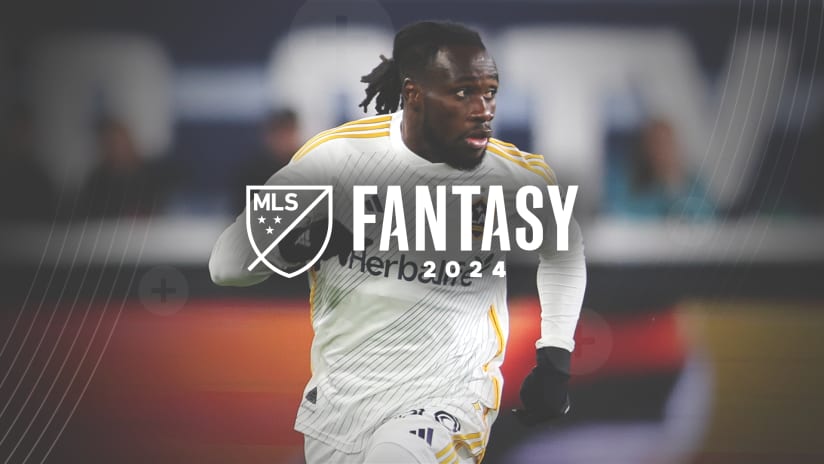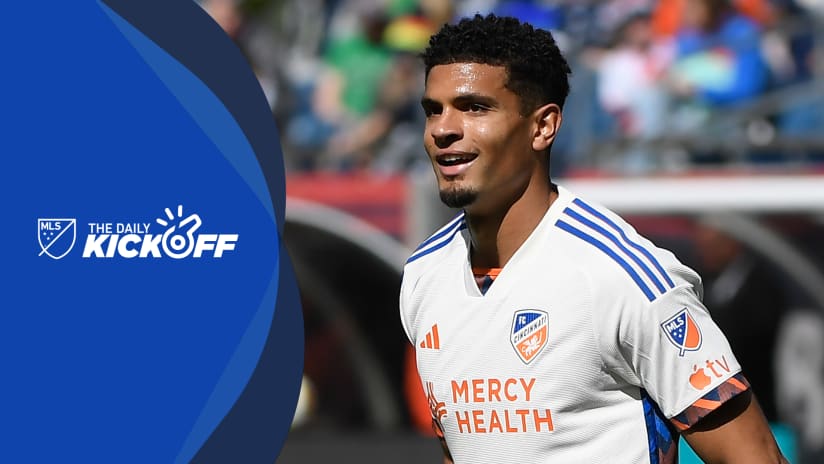before
the combine -- just as hard as trying to find a gas station that will fill up your tank for less then $1.90 a gallon in the Northeast?
I could vent all day on this one, and provide a much longer, even whinier list of questions. However, now is not the time. With many Division I sides kicking off their regular seasons this week, it's time to celebrate good ol' N-C-Two-A soccer, rather than point out its flaws.
Making it as easy as possible for you to follow, here are five reasons to check out a college soccer match this fall:
- Contrasting styles of play. With teams in all 50 states, there is everything under the sun in this department. Come the NCAA tournament, you might end up with a matchup that pits the smooth, attractive style of play that Schellas Hyndman's SMU Mustangs always bring to the table against a team with more, shall we say, bite, like that of a St. John's Red Storm.
If you talk to several players, they'll tell you about playing the "pretty boys" at UCLA or at Virginia, or the "Bradenton Babies" at UNC, or the "rich boys" of the ACC, or the yellow-card artists in the Big East.
On any given night around the country, it's common to see one team that is a group of athletes trying to grind out a result by winning balls in the air, playing direct and utilizing a high-pressure defense as soon as the ball is lost taking on a side that has 11 players trying to play the game as though style points are being passed out afterwards. Sometimes two different games are being played -- something seen much more so at the college level than you see in the pros or at the high-level youth stage of development.
- The price. If you attend a college match with a 10-spot in your wallet, you'll be all set for a ticket, a dog and a Coke.
- Chance to see greatness in the making. I kind of envy the folks down at South Carolina who got the chance to see Clint Mathis and Josh Wolff as teammates in the mid '90s. Same with those who watched all those UCLA games at a time when Brad Friedel, Chris Henderson, Cobi Jones and Joe-Max Moore were all playing for Sigi Schmid in a Bruins uniform. Or how about those Indiana University teams in the late '90s that featured future MLS stars in Chris Klein, Dema Kovalenko, Nick Garcia and Pat Noonan.
For me, personally, I found that in watching Ralph in person during his senior year. He scored a few goals for UConn that were on par with his better strikes in his rookie year. The best one I saw came against Rutgers one crisp Saturday afternoon when he took a driven ball from the left side and hit a volley from the top of the 18 that would have beat any 'keeper on the planet.
Of course, it was the totally wrong play, being that his percentage of finishing on a shot like that with his laces was in the single digits compared to either hitting it with the inside of his foot or trapping the ball first. But as the rest of the country learned last year, that's Damani, for you. And those of us who frequent Storrs, Conn., half a dozen times a fall knew that before anyone else.
That's the beauty of college soccer. It's not easy to find on TV. Actually, it's next to impossible. So those who do catch a lot of games feel as though they're in on something, much like baseball fans who live near minor league parks seem to do.
- The sounds. Let's face it, crowds do not flock to these games. Even in places like Storrs, or College Park, or Chapel Hill, or Westwood, or Bloomington, where the crowds are in the thousands, not in the hand-countable range, you can hear almost everything. Whether it is one of the coaches pleading to the officials about a botched offside call, a bevy of instructions being called out by the goalkeepers, or a center back expertly organizing his defense on a free kick, you are able to experience the game in a different way that you can when it is played inside a stadium like RFK or even in that little postage stamp out in San Jose.
- Studying for the draft. To do that this year, you'll want to watch Indiana, as always, to check out Drew Moor, even though he is a junior, and Danny O'Rourke. You'll definitely want to keep tabs on Michael Parkhurst at Wake Forest, who will most likely go the Project-40 route after playing his junior year this fall, and could be a top five pick in January's MLS SuperDraft.
Same goes for the following 10 players:
In addition, the following underclassmen should be watched very closely: UCLA striker Chad Barrett, North Carolina striker Jamie Watson, UCLA sophomore Kiel McClung, St. Louis midfielder John DiRaimondo in addition to incoming freshmen such as Charlie Davies at Boston College, Kamani Hill at UCLA, Pat Phelan at Wake Forest and UConn freshman striker Bonginkosi Macala, who is a member of the South African U-23 squad.
It's not even September, and I've already been to a few exhibitions and have plans to attend two matches this weekend.
Soccer snobs, stay away if you like. Go right ahead and keep enjoying your Saturday afternoons and Sunday mornings in a dark bar when it's 75 degrees and sunny out and I'm on a campus taking in a great match ... for the price of one of your Guinness pints.
Marc Connolly writes for ESPN.com and several other publications. This column runs each Wednesday on MLSnet.com and Marc can be reached at marc@oakwoodsoccer.com. This story was not subject to the approval of Major League Soccer or its clubs.

